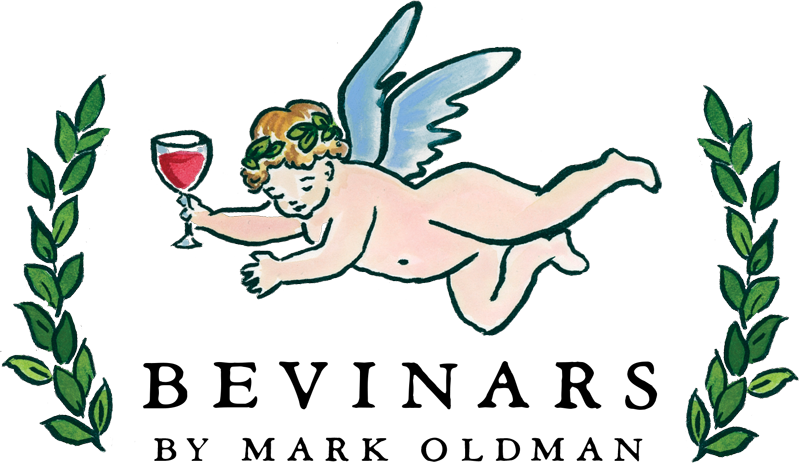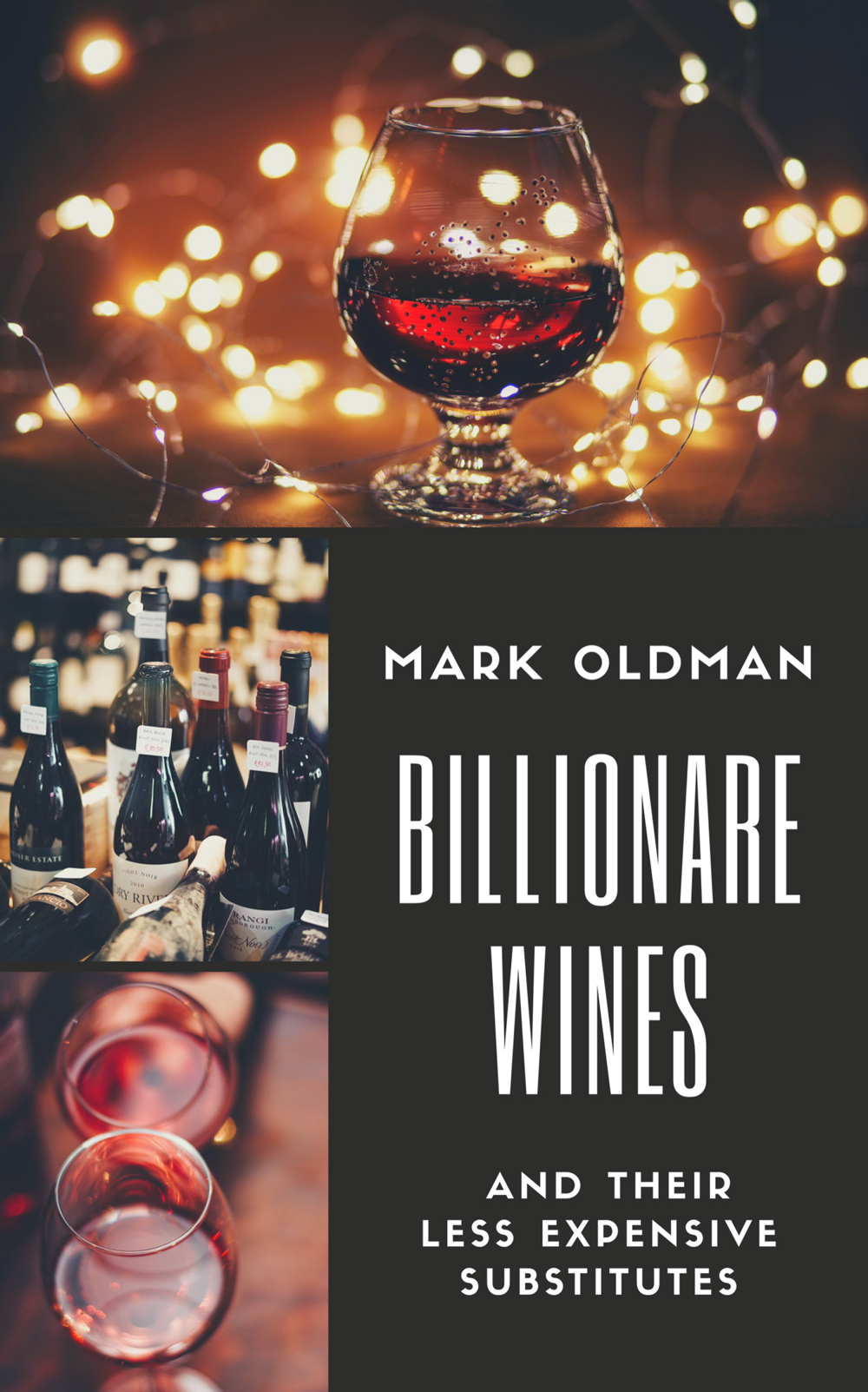The Art of Collecting and Storing Wines: Tips for Enthusiasts
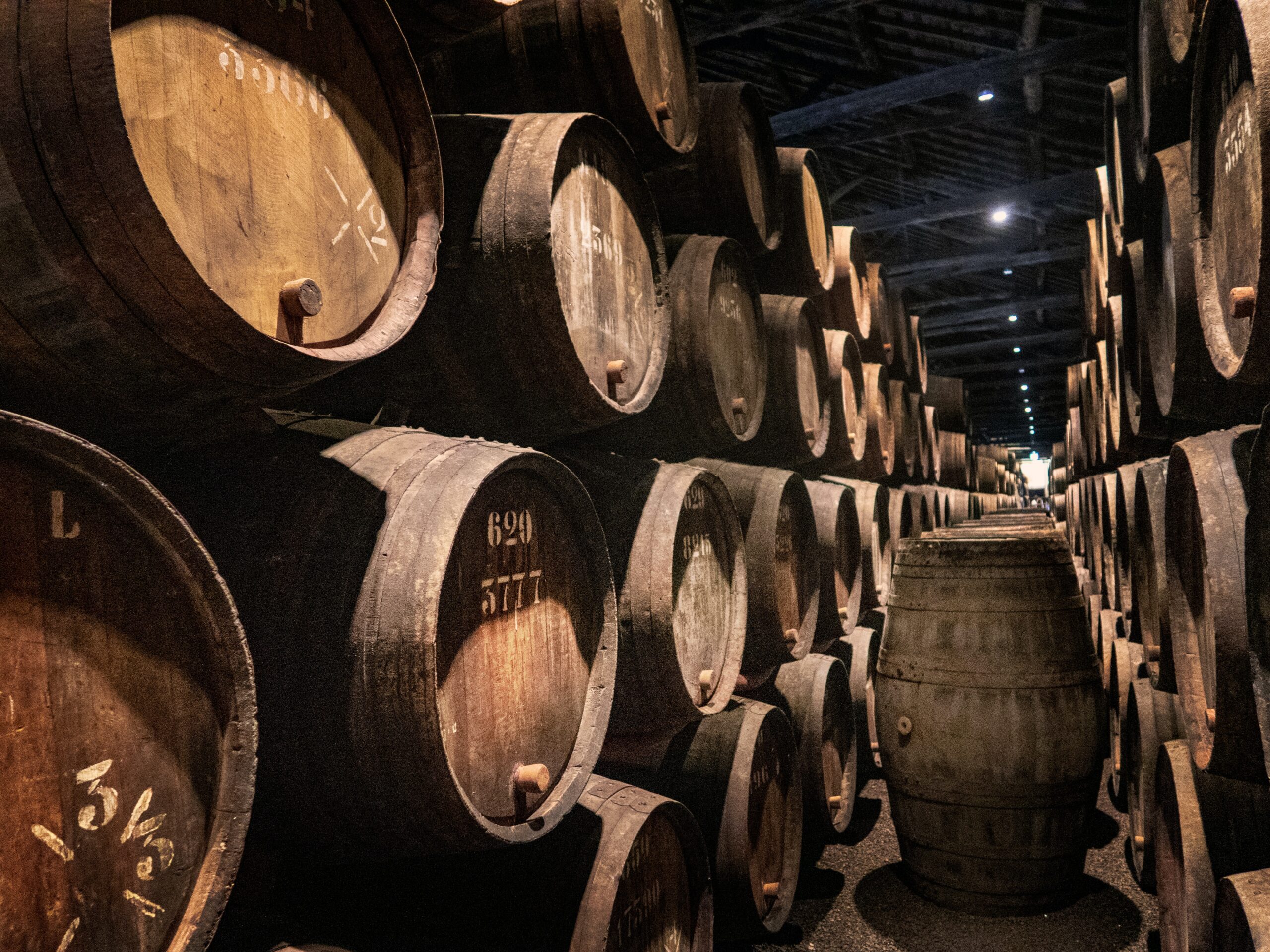
Gone are the days when those keen about wine had to store barriques (225 liter barrels) or tonneaux (900+ liter barrels) in a cellar or basement. We can all be thankful for the relative ease and convenience of buying wine in bottles. Wine collecting today, however, can still present its own issues and questions. Those considering moving up to the level of hosting a wine collection should consider a few tips to make the process easier. Why collect wine, rather than simply selecting a few bottles or a mixed case at the local supermarket or wine store?
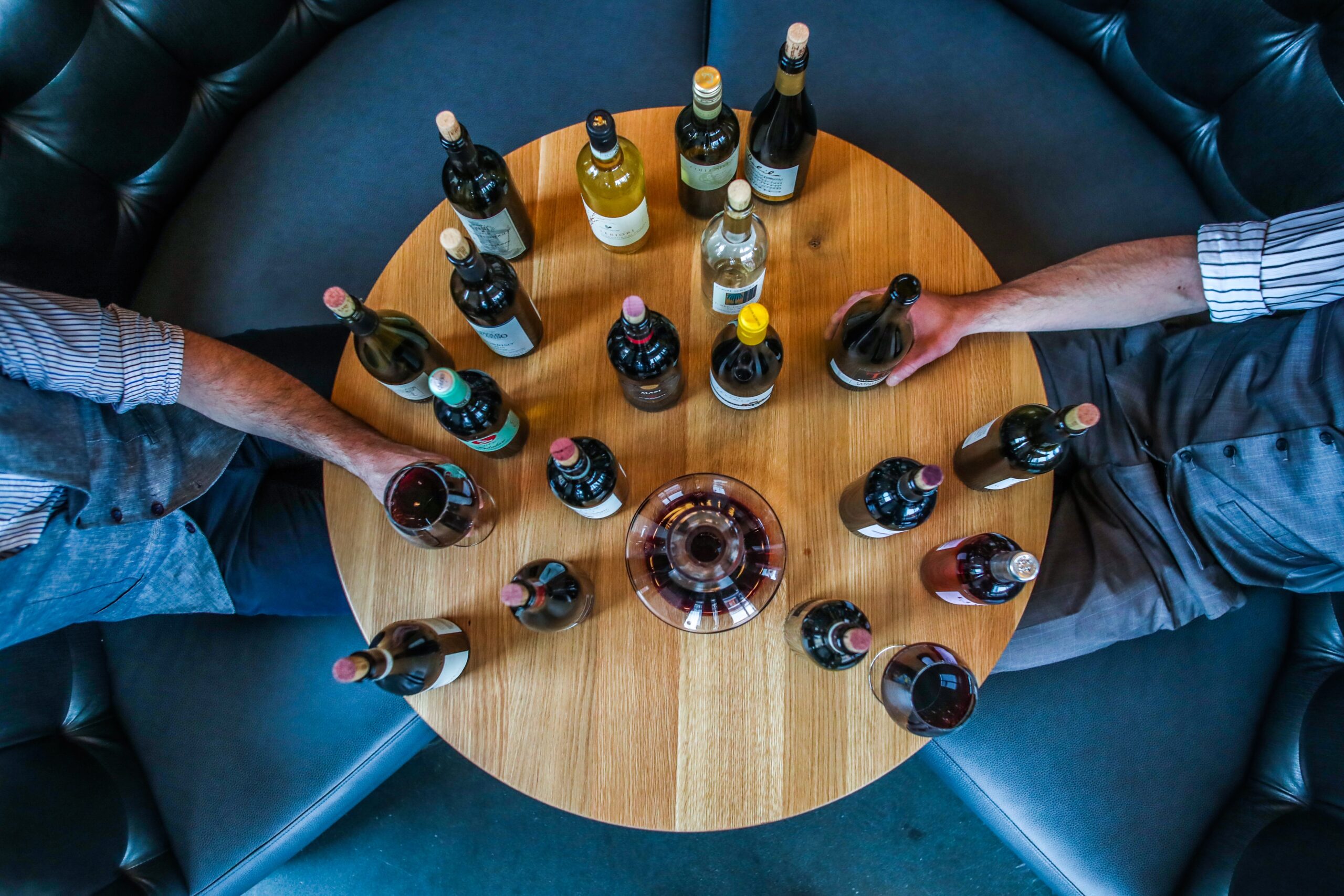
Collecting Wine
Several good reasons exist to collect wine, which doesn’t mean you require a huge cellar. First, practically speaking, assembling a wine collection provides the opportunity to match a wine with a mood, event, or meal. Wine’s astounding variety of flavors, aromas, textures, alcohol levels, and colors provides a super opportunity not just for food and wine pairing, but for matching the variety gives the spice to life. Having a wine collection amplifies those opportunities a hundred fold. Not sure where to get started? Taking a wine class can provide the necessary knowledge to start choosing appropriate wines.
Second, wine collecting engages the senses, memory, patience, and learning. Much like art collecting, it demands progressive refinement of taste and knowledge. There are many aspects of this: terroir and geography, history, culture, all melded to the inevitable realities of nature, farming, and weather. Few beverages cultivate ecological and historical consciousness as does vintage wine. By having a collection, you are preserving a record of liquid heritage. Quality wine, properly aged, too, has its own incredible value as it changes and often improves over time.
Collecting wine also engages people, creating a sharable history. In 2016, Michael Broadbent, the late, famed wine director at Christie’s, once recalled of his early wine career: “Tommy Layton gave me a piece of advice which I didn’t realize would be so important at the time. He told me that whenever I tasted a wine, I should make a note. So on September 13, 1952, I did just that. I started with a small red lined notebook, and now I have 150 of them, containing 90,000 notes.” Without collecting, cataloging, tasting, and noting down the marvelous journey that each bottle of wine offers we can never make learned comparisons, building the art of wine connoisseurship, which should be inherently communicative and social.
Indeed, collecting wine should involve more than accumulating expensive bottles; it’s about creating memorable experiences with others. Whether you’re sharing a special wine with friends and loved ones, hosting wine tastings, or pairing wines with exquisite meals, wine collecting enriches your life by fostering connections and moments of joy. Every uncorked bottle becomes a chapter in the history of life’s celebrations.
Of course, for some, collecting wine serves merely as an investment, but that removes the “art” from “the art of wine collecting.” Wine is to be enjoyed and shared, creating memories and mutual celebration. That doesn’t mean that you can ignore proper wine storage. Even if not purchased for investment potential, wine must still receive care ways that will preserve and enhance its glorious sensual attributes, which for great wines will change over time. In fact, the capacity of many red and some white wines to display enhanced qualities with age counts among the primary reasons for collecting.
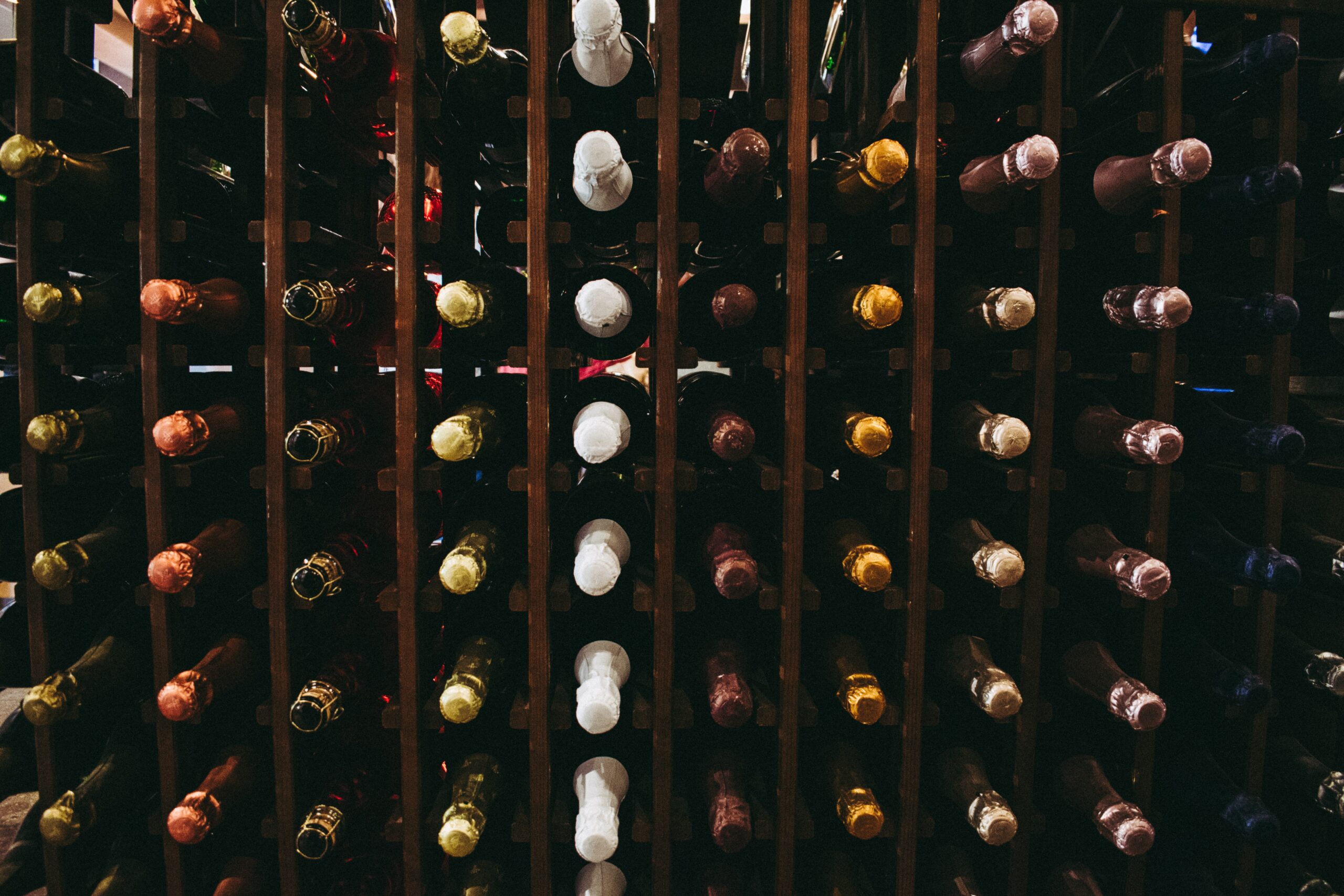
Tips on Storing Wine
Any bottled wine you will keep more than a few months requires conditions that will ensure, first, that it does not degrade, and second, that it actually improves if it can. First, any wines with natural corks should be stored sufficiently horizontal so that the cork remains in contact with the wine and does not dry out. This means appropriate shelving.
Second, the storage location should not experience major temperature fluctuations; even if you can’t maintain the recommended cool wine storage temperature of about 50-55 degrees Fahrenheit, substantial temperature fluctuation will harm wine more than, say, a steady temperature of around 68 degrees. So, wine storage in most kitchens is out (except in a wine fridge).
Third, the air should be humid, but not so humid that labels will become moist and deteriorate. Finally, avoid direct strong light; sunlight is the worst but even artificial lights can have a negative effect on a wine’s properties. Your storage area doesn’t need to maintain wines at a perfect service temperature: you can accomplish this by refrigerating the wine close to the time you’re ready to open the bottle.
Companies exist, of course, that will build a custom wine cellar in a room in your home, including specialized refrigeration and humidity control. For the budding wine connoisseur, however, nothing so elaborate (or expensive) is required.
Wine refrigerators offer a great option. They come in a variety of price ranges and finishes, built-in or freestanding. Useful features include wooden, as opposed to wire shelving. Wire shelving can often damages labels as you remove bottles. Wine fridge options exist that boast multiple temperature zones as well. Interior lighting will help you decipher labels if you don’t remember where, exactly, you put that special bottle. Beyond that, you do not need a super fancy wine refrigerator. If you want to store white wine and have them available at service temperature, you will probably need a dedicated white wine fridge; ensure that the model you select will reach the desired temperature. Many wine fridges are designed only for red wines, and will perhaps not cool beyond 55 or at most 50 degrees Fahrenheit. If you are collecting and storing wine for any considerable period of time, look for a fridge that stores at least 30 bottles. Models exist for eight and even two bottles, but this is not collecting.
If you want to build a collection of 60 bottles or more, then instead of buying multiple wine fridges (or one huge one), it may be worth converting a space in your home into one appropriate to wine storage. This can be that unused closet underneath the stairs or a space in the basement (as long as it’s not too damp). Ideally find a space that has an outside wall to install a small air conditioner. A fairly small, enclosed space, with no windows is ideal. It can easily be insulated (if it isn’t already) and kept at 55 to 60 degrees. Then install shelving. Avoid the wine shelving kit that have strips of metal held together by wood pieces. This kind of metal shelving, again, tends to destroy labels. Creating a special space in your home dedicated to a growing wine collection will add years of joy to your life.

